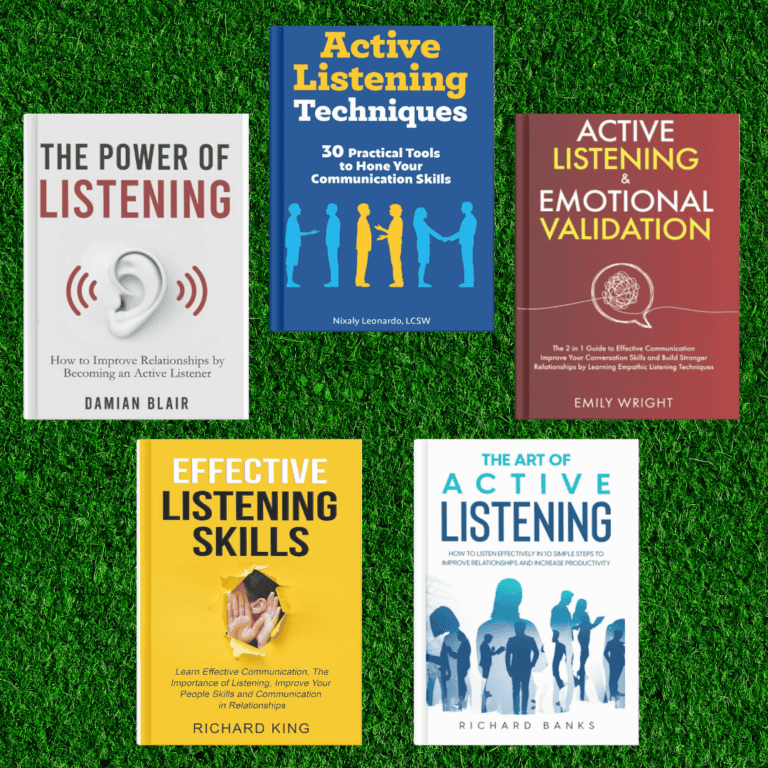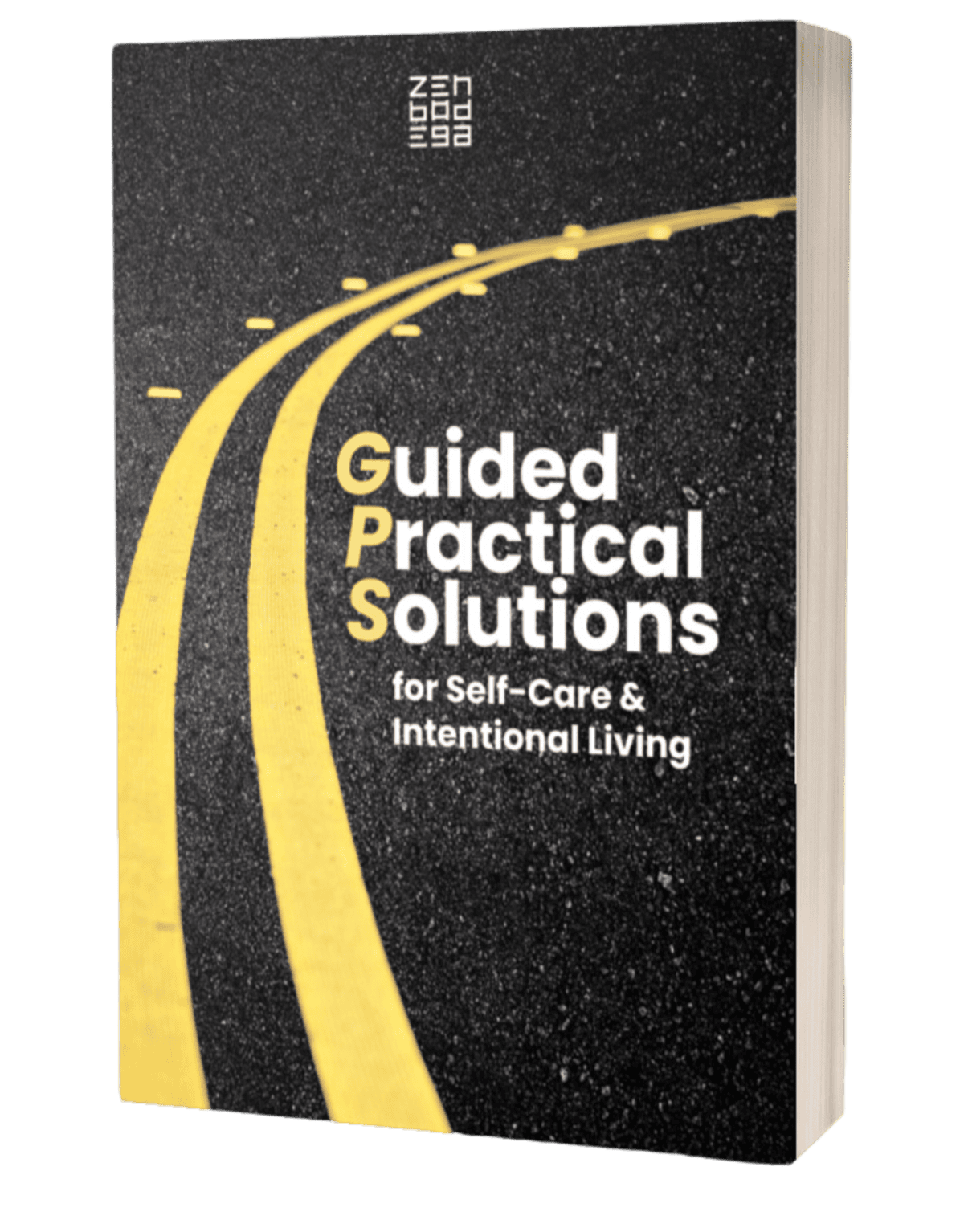7 Key Techniques for a More Intentional and Peaceful Life
In today’s fast-paced world, the pursuit of peace of mind is more essential than ever before. The constant hustle and bustle, overwhelming influx of information, and ever-increasing demands on our time have left us yearning for tranquility and intentionality amidst the chaos.
This article is dedicated to guiding you on a journey to find that peaceful mental state. Our purpose is clear: to equip you with practical techniques for a life that is intentional and deeply at ease.
We understand that peace is not just the absence of chaos but the presence of inner calm and purpose.
With that, we are ready to embark on this transformative exploration, hand in hand, towards a more peaceful and intentional existence.
7 Key Techniques on How to Find Peace of Mind
In the relentless hustle of modern life, stress and chaos have become constant companions. The incessant demands of work, personal responsibilities, and the never-ending digital noise take a toll on our mental health. Stress seeps into our daily existence, affecting our productivity, relationships, and overall happiness.
Recognizing the critical importance of peace of mind is the first step towards reclaiming our tranquility. It’s a vital necessity, a sanctuary amidst chaos, offering respite from the storm of stress that threatens to consume us. In the quest for a more fulfilling life, knowing how to find peace of mind is the compass guiding our way.
Discover the transformative power of tranquility in your life by involving yourself in the following key techniques to achieve peace or find inner peace in everyday life:
Technique 1: Mindfulness Meditation
Mindfulness meditation is a practice that encourages awareness of the present moment without judgment.
Here is a step-by-step guide on how to practice mindfulness meditation:
- Find a quiet space.
- Sit or lie down comfortably. Relax.
- Close your eyes and take a few deep breaths.
- Focus on your breath or a chosen anchor point.
- When your mind wanders suddenly has racing thoughts, gently redirect your focus without self-criticism.
By focusing on your breath, sensations, or thoughts and allowing them to come and go naturally, you can reduce stress, enhance focus, shoo bad things, and foster a profound sense of inner peace.
With consistent practice, mindfulness meditation can lead to greater mindfulness in daily life, paving the way for a more intentional and peaceful existence.
If you want to start a guided meditation, you can seek advice from mental healthcare professionals.
Technique 2: Gratitude Journaling
Cultivating gratitude through journaling is a simple yet potent practice that can significantly boost your mental health and overall well-being.
By dedicating just a few minutes each day to record things you appreciate, whether it’s the warmth of the sun or a friend’s kindness, you can initiate a powerful transformation. Consistency is the linchpin; turn it into a daily ritual.
This exercise effectively redirects your attention away from scarcity and towards abundance, effectively reducing stress and nurturing a more positive and resilient mindset.
Try it out! You might be surprised by the transformative impact of counting your blessings.
Technique 3: Decluttering Your Physical and Mental Health and Space

Decluttering goes beyond just tidying up; it’s about liberating your mind. Clearing physical health clutter can lead to mental clarity, reducing stress and fostering peace.
To declutter physically, start small – tackle one drawer or shelf at a time and donate or discard what you no longer need. Simultaneously, declutter your thoughts by setting aside time for reflection and meditation. This dual approach helps clear both your physical and mental spaces, ultimately leading to profound peace and intentionality in your life.
By letting go of emotional clutter and unnecessary commitments, you free up mental space for your true priorities and intentions.
Technique 4: Setting Clear Goals towards Achieving Inner Peace

Setting clear goals and priorities is pivotal in cultivating a peaceful and intentional life. These objectives provide direction and purpose, helping us navigate daily challenges with clarity. By aligning our actions with our values, we create a harmonious path towards tranquility and reduce stress.
To effectively achieve your aspirations, establish SMART goals: Specific, Measurable, Achievable, Relevant, and Time-bound. This structured approach enhances your chances of success.
Balancing priorities is key to living aligned with your values and intentions. By identifying core values and setting clear intentions, you make deliberate choices that bring fulfillment and harmony. This balance empowers you to navigate life’s challenges with purpose, making each day a step toward a more meaningful existence.
Technique 5: Establishing a Mindful Digital Detox

Excessive screen time is linked to various negative consequences, including heightened stress, disrupted sleep, reduced attention span, and a constant feeling of being “plugged in.”
The constant flow of information and social media’s allure can also lead to comparison and anxiety, impacting our overall contentment, inner peace, and mindfulness.
To counter these negative effects, it’s essential to incorporate a mindful digital detox into your routine. Here are some practical tips to help you get started:
- Set Boundaries: Establish specific times during the day when you’ll engage with screens, and stick to them. Designate screen-free zones in your home, such as the bedroom and dining area.
- Unplug Regularly: Dedicate short breaks throughout the day to disconnect from screens completely. Use this time for a brief walk, mindful breathing exercises, or to simply be present in the moment.
- Prioritize Offline Activities: Rekindle hobbies, read physical books, or engage in face-to-face conversations. Actively seek out activities that don’t involve screens.
- Digital Detox Days: Consider designating one day a week for a full digital detox. Use this day to unwind, explore nature, or enjoy offline hobbies.
- Notification Management: Disable non-essential notifications on your devices to reduce distractions and interruptions.
A mindful digital detox offers a solution to these challenges, promoting mindfulness and peace of mind.
Disconnecting from screens allows us to reconnect with the world around us, fostering an appreciation for the present moment, nature, and meaningful experiences. It also provides respite from the incessant influx of information and external stimuli, giving our minds a necessary break.
Technique 6: Embracing Self-Care Rituals to Tap Inner Calm

In our relentless pursuit of success and happiness, we often overlook a crucial component of a fulfilling life – self-care. Embracing self-care rituals is pivotal in the quest for a calm mind.
Self-care isn’t a mere indulgence; it’s a necessity. Our fast-paced lives, filled with the demands of work, family, and societal expectations, can wear us down, leading to burnout, stress, and disconnection from ourselves.
To cultivate a self-care routine that works for you, consider your unique needs and preferences. Identify activities that rejuvenate you and bring joy, whether it’s a relaxing bath to make your body feel better, a nature walk, or indulging in a beloved hobby. Consistency matters, so prioritize and schedule regular self-care time as a non-negotiable appointment with yourself.
Central to self-care is self-compassion. It involves treating yourself with the same kindness and understanding you offer to others.
Technique 7: Cultivating Positive Relationships
To cultivate healthy relationships conducive to inner peace, emphasize open communication, empathy, and mutual respect. Surround yourself with individuals who inspire and uplift you, fostering an atmosphere of positive things and personal growth.
While fostering positive relationships is paramount, it is equally crucial to recognize and address toxic dynamics. The practice of setting boundaries plays a pivotal role in preserving your peace of mind. Be assertive in delineating your limits and communicate them clearly. On occasion, it may be necessary to distance yourself from individuals who persistently deplete your energy and well-being.
Handling toxic relationships may present challenges, but safeguarding your peace of mind should be your priority. Seek support from friends, family, or a therapist when the tough times required you to. Understand that prioritizing your mental and emotional health is an act of self-care, not selfishness.
Conclusion
In this exploration of finding peace of mind in a fast-paced world, we’ve uncovered seven key techniques for a more intentional and peaceful life: Mindfulness Meditation, Gratitude Journaling, Decluttering, Setting Clear Goals, Digital Detox, Self-Care Rituals, and Positive Relationships Cultivation.
Implement these techniques in your daily life, one step at a time. Begin your mindfulness meditation practice, keep a gratitude journal, or set your first SMART goal. Small changes can lead to significant shifts in your life’s trajectory.
Remember, in a world that often feels overwhelming, your peace of mind is invaluable. Prioritize it. Cherish it. Seek it intentionally. Embracing these techniques and incorporating them into your life is a powerful step towards reclaiming the peace and balance you deserve.







